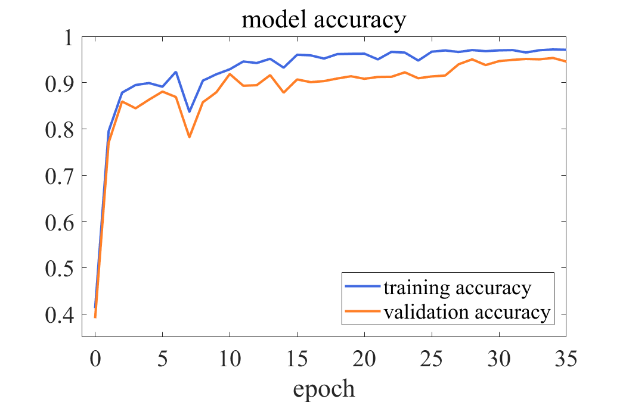
A research team led by Prof. GAO Ge and JIANG Li from the Hefei Institutes of Physical Science of the Chinese Academy of Sciences has investigated the fault diagnosis of pulse width modulation converter and proposed a neural network fault diagnosis algorithm to solve existing problems in this field. Results were published in IEEE Transactions on Power Electronics.
Pulse width modulation has the advantages of high efficiency, high power density and high reliability. But due to the complexity of the drive systems and the diversity of fusion joint operation, pulse-width modulating voltage source converter systems are prone to suffer critical failures. Therefore, research on fault diagnostic technology is of deep concern, especially open-circuit fault diagnosis, which was what scientists have been focusing in this study.
Current fault diagnosis methods only deal with the rectification state or inverter state. Theoretical analysis shows that the fault characteristic quantities in both two states have completely different characteristics and complicated, which increases the difficulty of fault diagnosis.
In this study, when applying the proposed algorithm, the researchers used only the three-phase grid side current as the characteristic quantity of fault diagnosis, and diagnosed 21 types of faults in both rectification and inverter state.
"Different from the traditional Convolutional Neural Network architecture, a carefully crafted design can increase the depth and width of the network while keeping the computing budget constant," said Dr. DENG Xi, first author of the study, "this can make better use of the computing resources inside the network."
The experimental results show that the model can accurately detect approximately 99.14% of open-circuit switch faults within 12.83 ms (<3/4 cycle) without adding more sensors.
This study offers a foundation for the safe and stable operation of fusion power systems, and provides reference value for other fields.
This work was supported by the Comprehensive Research Facility for Fusion Technology Program of China under Contract, the China Postdoctoral Science Foundation, and the Natural Science Foundation of Anhui Province.

Fig. 1. The architecture of the proposed model. (Image by ZHANG Li)

Fig. 2. Model accuracy of the neural network model. (Image by ZHANG Li)

86-10-68597521 (day)
86-10-68597289 (night)

86-10-68511095 (day)
86-10-68512458 (night)

cas_en@cas.cn

52 Sanlihe Rd., Xicheng District,
Beijing, China (100864)

